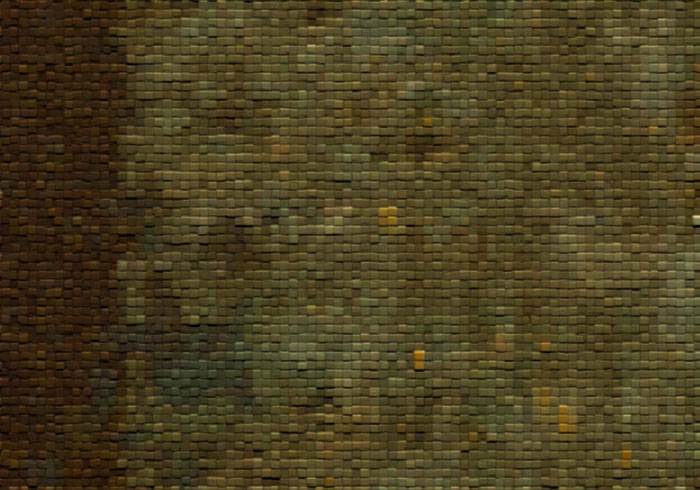



Early Bronze Age cultures began on Crete about 3000 B.C. These cultures flourished on the island and grew. By about 2200 B.C. a very high civilization had developed. This culture is called Minoan. Cities began to appear on Crete at about this time. The largest and most important of these cities was Knossos. A large palace was begun here in about 2000 B.C. The palace was built around a large courtyard with two limestone towers. Additions were added to this structure, as was indoor plumbing. Several areas had distinct purposes – dwellings, sanctuaries, workrooms, and storerooms. The whole structure is build on a wheel-like system with that original courtyard in the center. The farther from the center the less impressive are the dwellings.
The arrangement of the city gives us some clues to the politics and government of the culture. Knossos was a stratified society. Political and probably economic power rested in the hands of a very few and was concentrated in the center of the palace. Changes in burial patterns at about the same period as the rise in the city/palace indicated a decline in the importance of family groups. If this is the case, then membership to the city probably replaced family ties, and individuals probably was their importance in relation to where they fit in the city hierarchy rather than their position in their family group.

We do not know what the relationship was between the various cities on Crete. The absence of fortifications suggest that all of these cities were part of the same kingdom. The evidence that there is considerable traffic between the cities tends to support this theory. By a fairly early period, the various local pottery styles tend to merge into one style which is called Middle Minoan.
The economy of Minoan Crete is primarily agricultural. Most people were farmers. They cultivated figs, olives, grapes, beans, and peas. They also raised cattle, goats, pigs, and chickens. Some of these crops, especially figs and legumes were specialty produce which were probably traded with other areas of the Mediterranean. Some other trade ware included jewelry (made in the cities) and pottery. In fact, it is possible that the Minoans may have been among the first potters in the world to use the potters wheel.
Religion: Trying to reconstruct religious patterns on the basis of archaeology is dangerous. We get some clues from artifacts and some from later survivals which were incorporated into the Greek legends and myths. The Minoans probably worshiped fertility gods. We know that they Zeus – the king of the Greek gods. They believed that Zeus died and was reborn. This death and rebirth was celebrated annually. This cult may have been imported from the Near East, where dying and rising gods were associated with agricultural fertility worship. Another cult was dedicated to animal fertility and is associated with small statues of a woman holding snakes and usually surrounded by small animals. These figurines are found all over Crete.
Around 1400 B.C. the Middle Minoan development ends and is replaced with Late Minoan. The large cities of the earlier period suffered a great deal of damage. It appears that some of them were re-occupied. Several new cultural elements enter the picture. The most important is that Linear A comes to be replaced by Linear B. This may indicate that Crete was invaded by the Mycenaeans of the mainland and that these Mycenaean raiders took over Crete. At about the same time that this occurs, there was a volcanic eruption on the island of Santorini, about 140 miles from Crete. It is possible that this volcanic activity weakened the Minoan peoples so much that there was little left when the Mycenaeans arrived from the mainland.
